Published on: September 24, 2025
As hurricane season continues, millions of people rely on timely and accurate updates to stay safe. Hurricane tracking is a vital part of this process, and the National Hurricane Center (NHC), part of the NOAA, plays a crucial role in monitoring storms, issuing warnings, and providing detailed forecasts.
🌪 What is the National Hurricane Center (NHC)?
The NHC is a division of the National Oceanic and Atmospheric Administration (NOAA) responsible for monitoring tropical storms and hurricanes in the Atlantic and Eastern Pacific oceans.
Key responsibilities include:
- Tracking tropical storms, hurricanes, and tropical depressions.
- Issuing advisories, watches, and warnings to keep the public informed.
- Providing forecasts on storm strength, direction, and potential landfall areas.
- Coordinating with emergency management agencies to ensure preparedness.
Official website: https://www.nhc.noaa.gov
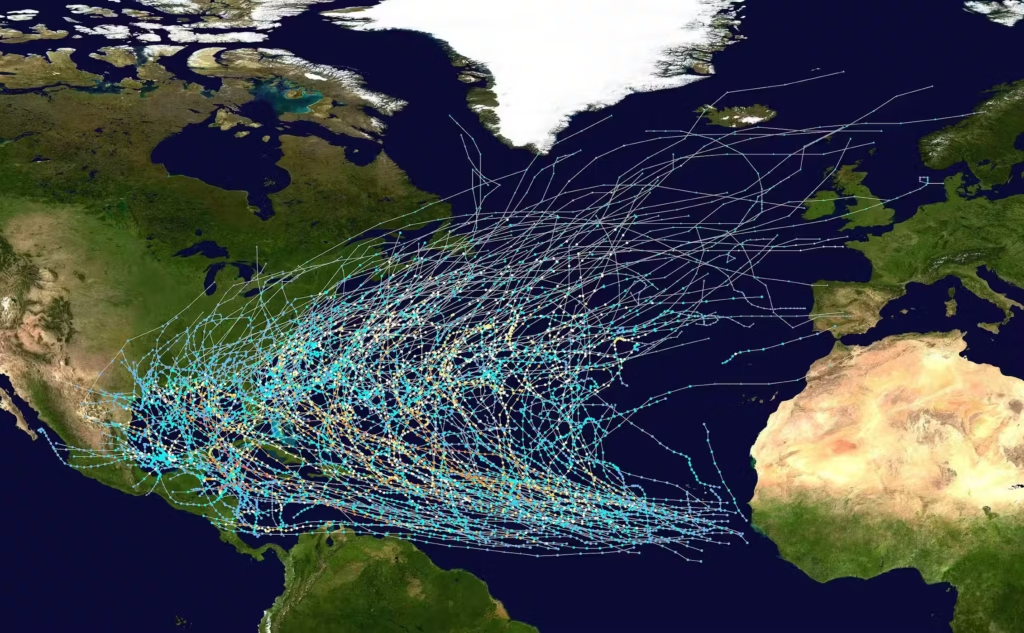
🌀 How Hurricane Tracking Works
Hurricane tracking relies on a combination of satellites, reconnaissance aircraft, radar, and computer models. Scientists analyze this data to predict a storm’s path, intensity, and potential impact.
Spaghetti Models
- Spaghetti models are one of the most popular forecasting tools used by meteorologists.
- They consist of multiple computer-generated tracks plotted on a map, showing possible paths for a hurricane.
- Each line represents a different model simulation, and collectively they help experts estimate the storm’s most likely track and range of uncertainty.
Hurricane Categories
Hurricanes are classified using the Saffir-Simpson Hurricane Wind Scale, which ranges from:
- Category 1: 74–95 mph winds
- Category 2: 96–110 mph winds
- Category 3: 111–129 mph winds (major hurricane)
- Category 4: 130–156 mph winds (major hurricane)
- Category 5: 157+ mph winds (major hurricane)
This classification helps communities prepare for potential damage, evacuations, and other safety measures.
🌍 Why Accurate Forecasting Matters
- Safety: Early warnings allow people to evacuate and protect their property.
- Economic Impact: Hurricanes can disrupt shipping, airlines, and local economies.
- Emergency Planning: Governments and organizations rely on NHC forecasts to mobilize resources efficiently.
📲 How to Stay Updated
- NHC Website: Live storm updates, forecasts, and advisories.
- NOAA Weather Radio: Continuous updates on hurricane activity.
- Mobile Apps: Many weather apps use NHC data for real-time tracking.
- Social Media: NHC posts timely updates on Twitter and Facebook.
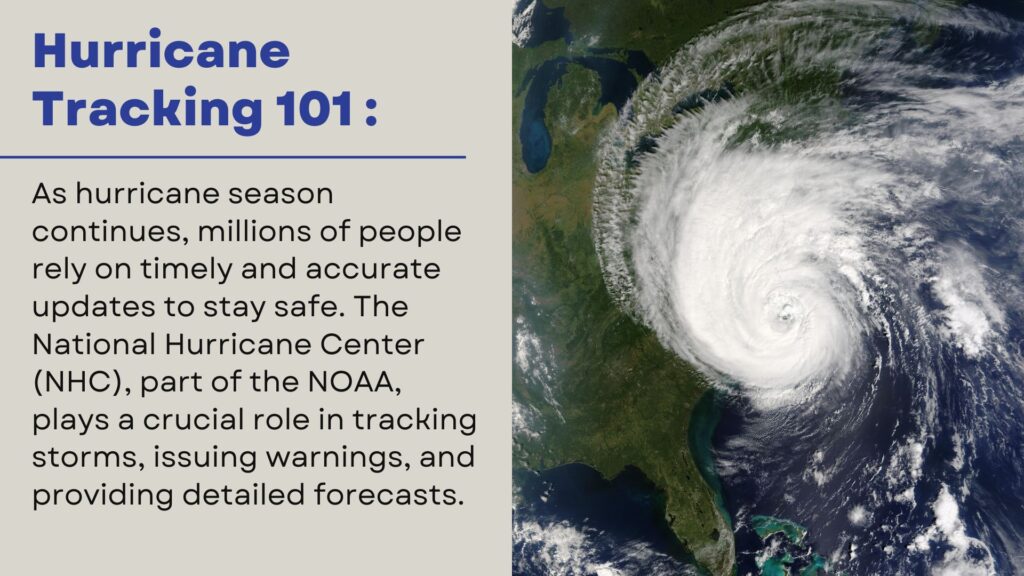
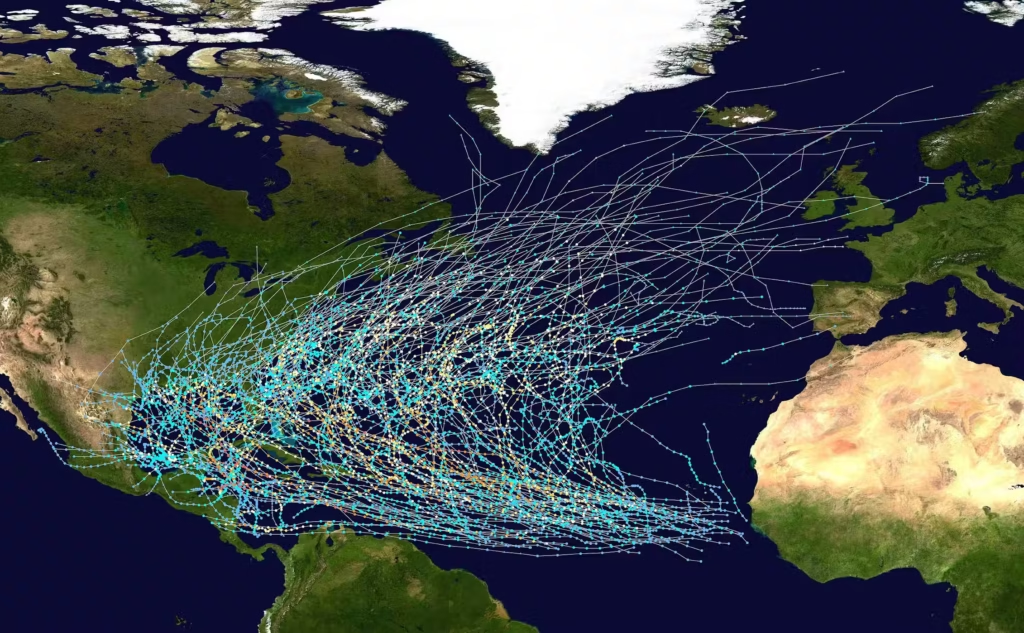
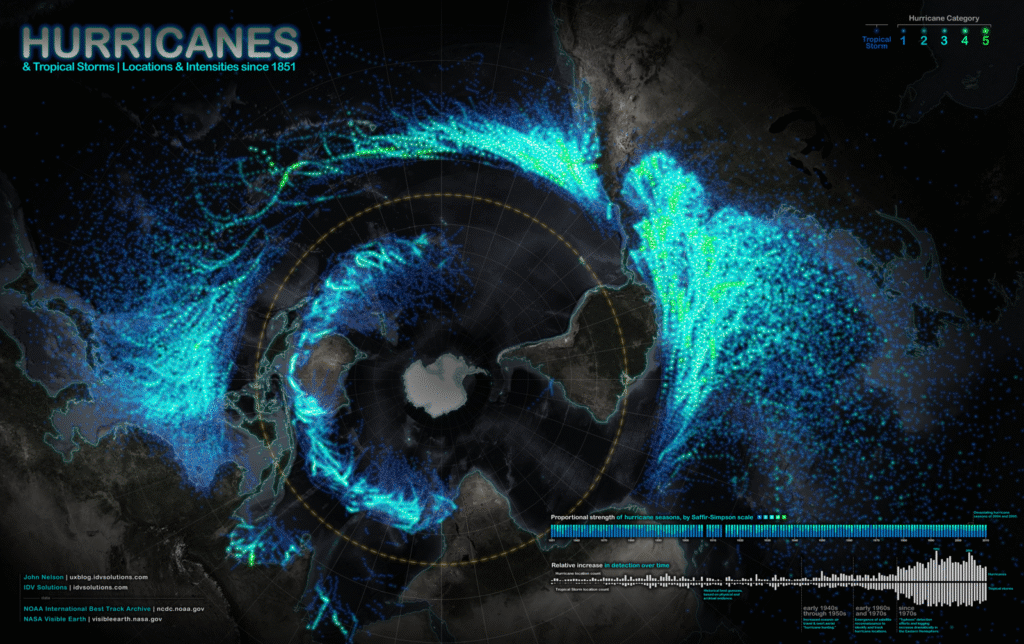
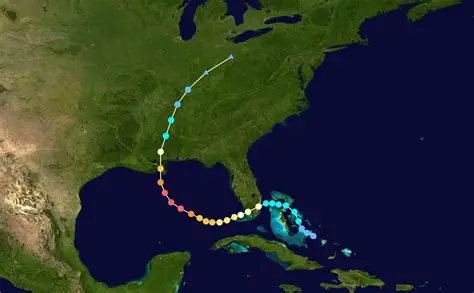
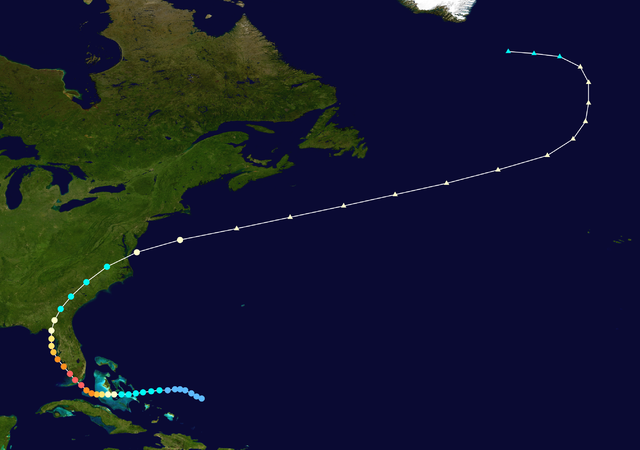
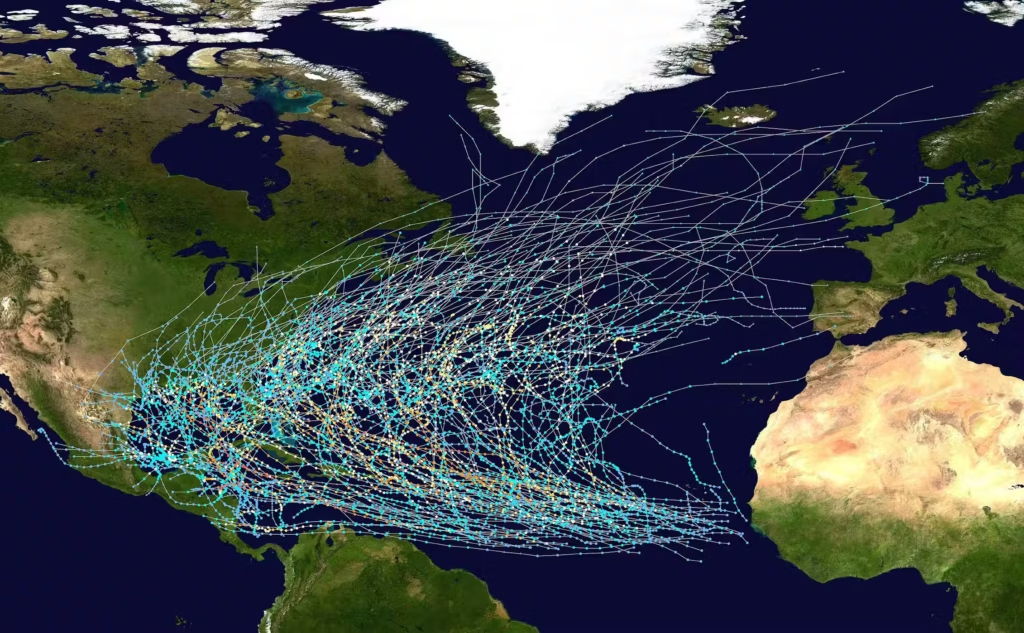
Conclusion
The National Hurricane Center is at the forefront of hurricane monitoring and forecasting. By understanding hurricane trackers, spaghetti models, and NHC advisories, people can make informed decisions to stay safe during storm season.
Whether you’re a resident in hurricane-prone areas or simply following weather news, keeping up with NHC updates is essential for preparedness and peace of mind.
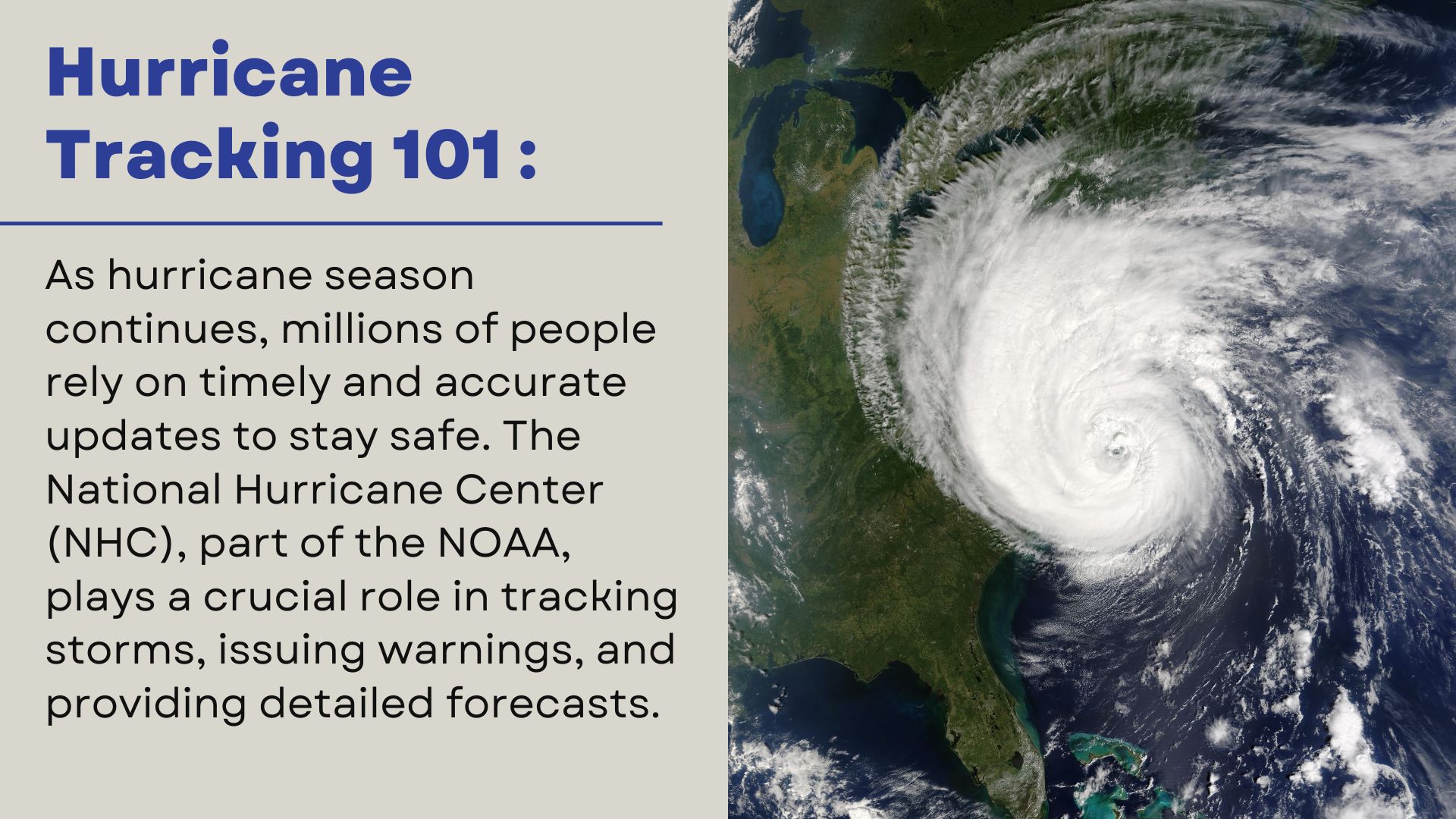
Leave a Reply